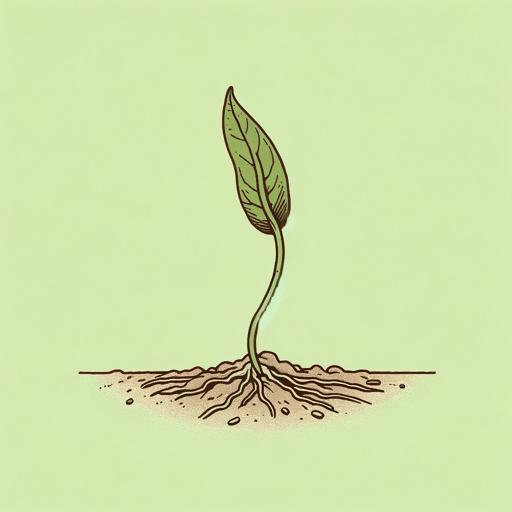89 pages • 2 hours read
Paul FleischmanSeedfolks
Fiction | Novella | Middle Grade | Published in 1997A modern alternative to SparkNotes and CliffsNotes, SuperSummary offers high-quality Study Guides with detailed chapter summaries and analysis of major themes, characters, and more. For select classroom titles, we also provide Teaching Guides with discussion and quiz questions to prompt student engagement.
Exam Answer Key
Multiple Choice
1. B (Various chapters)
2. D (Various chapters)
3. C (Chapter 12)
4. A (Chapter 11)
5. D (Various chapters)
6. C (Chapter 7)
7. B (Chapter 8)
8. A (Chapter 2)
9. D (Chapter 9)
10. C (Chapter 4)
Long Answer
1. At first, the garden is just a vacant lot with garbage all over it that no one is taking care of, just like the neighborhood is neglected and run down. As people start to put in effort and work toward a shared goal, the lot becomes a garden area, but much as the neighborhood is divided by racial and ethnic group, it is divided by fences and signs. Finally, in late summer, the vines escape the fences to mingle together and there is enough food for everyone, which mirrors how the neighbors now are in community with one another and benefiting from that community. (Various chapters)
2. Sam’s comparison of the garden to Eden supports the themes of Overcoming Separation With a Shared Purpose and Nurturing as an Act of Faith and Healing; like the Garden of Eden, the community garden is a place of harmony, and working there heals the divisions in the neighborhood, creating a paradise.
Related Titles
By Paul Fleischman



